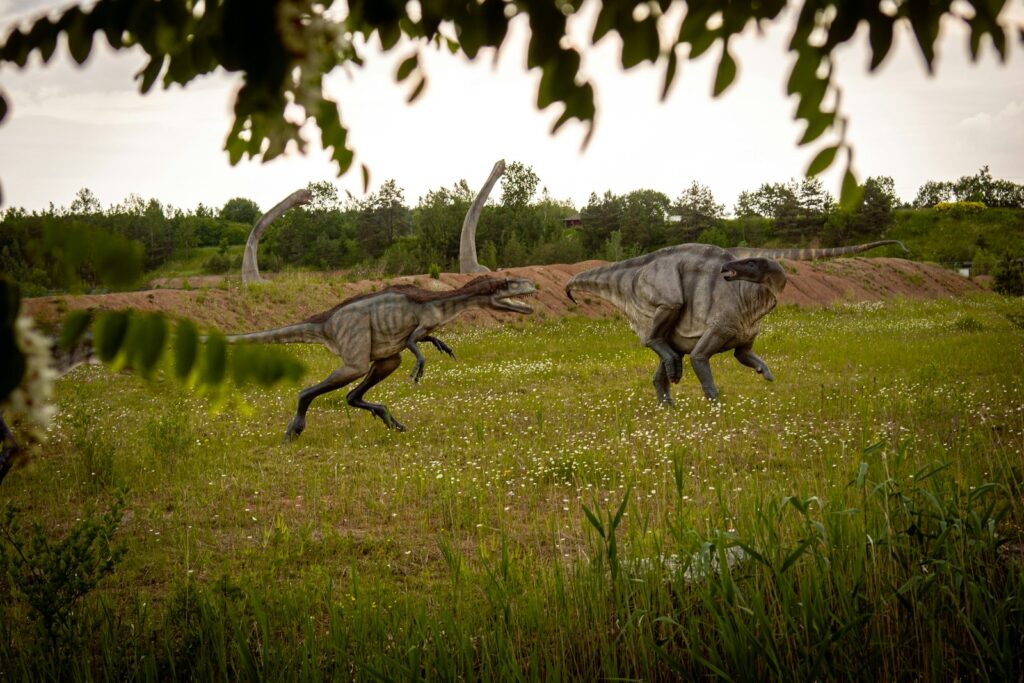Picture this: It’s 155 million years ago, and the ground trembles beneath thunderous footsteps. A massive shadow falls across the ancient landscape as one of nature’s most efficient killers stalks through the Morrison Formation. This isn’t just any predator – this is Allosaurus, the apex hunter whose name literally means “different lizard,” and whose hunting prowess would make even today’s most feared carnivores look like house cats.
The Late Jurassic period was a time when giants ruled the Earth, and surviving meant mastering the art of the hunt. Allosaurus didn’t just survive – it thrived, becoming one of the most successful predators of its era. What made this dinosaur so devastatingly effective at bringing down prey that could weigh as much as a city bus?
The Perfect Killing Machine: Allosaurus Anatomy
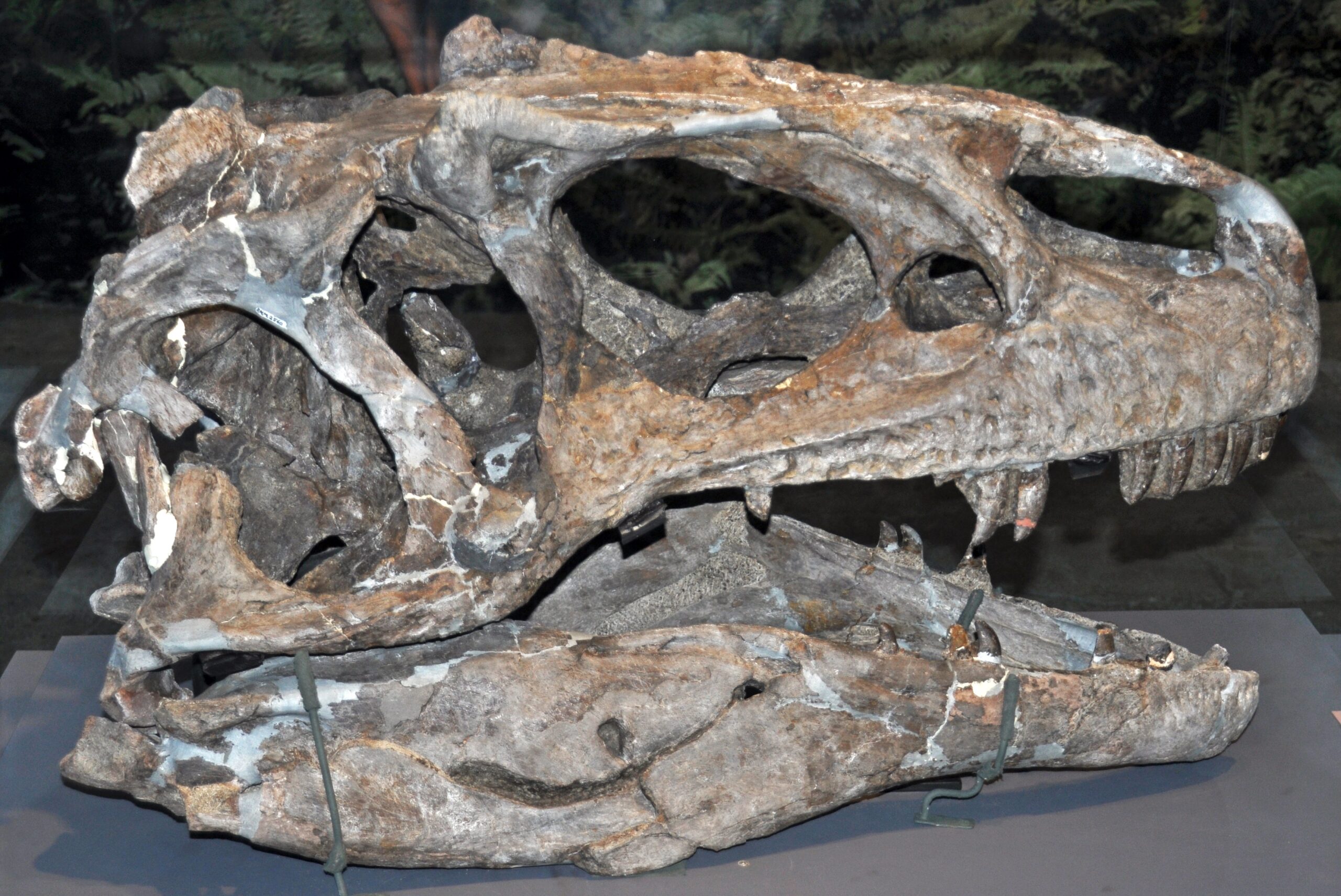
Allosaurus was built like a biological weapon, with every aspect of its 28-foot frame designed for one purpose: killing. Its massive skull, measuring up to 3 feet long, housed razor-sharp teeth that curved backward like meat hooks. These weren’t just for show – each tooth was perfectly designed to slice through flesh and prevent prey from escaping once bitten.
The predator’s powerful hind legs could propel its 4,000-pound body at speeds reaching 25 miles per hour. Think of it as a freight train with claws – once it built momentum, very little could stop it. Its long, muscular tail acted as a counterbalance, allowing for quick turns and sudden direction changes during high-speed chases.
Perhaps most terrifying were its arms, which, unlike the famously tiny appendages of T. rex, were robust and functional. Each arm ended in three-fingered hands equipped with 8-inch claws that could slash through hide and muscle with surgical precision.
Reading the Landscape: How Allosaurus Chose Its Hunting Grounds
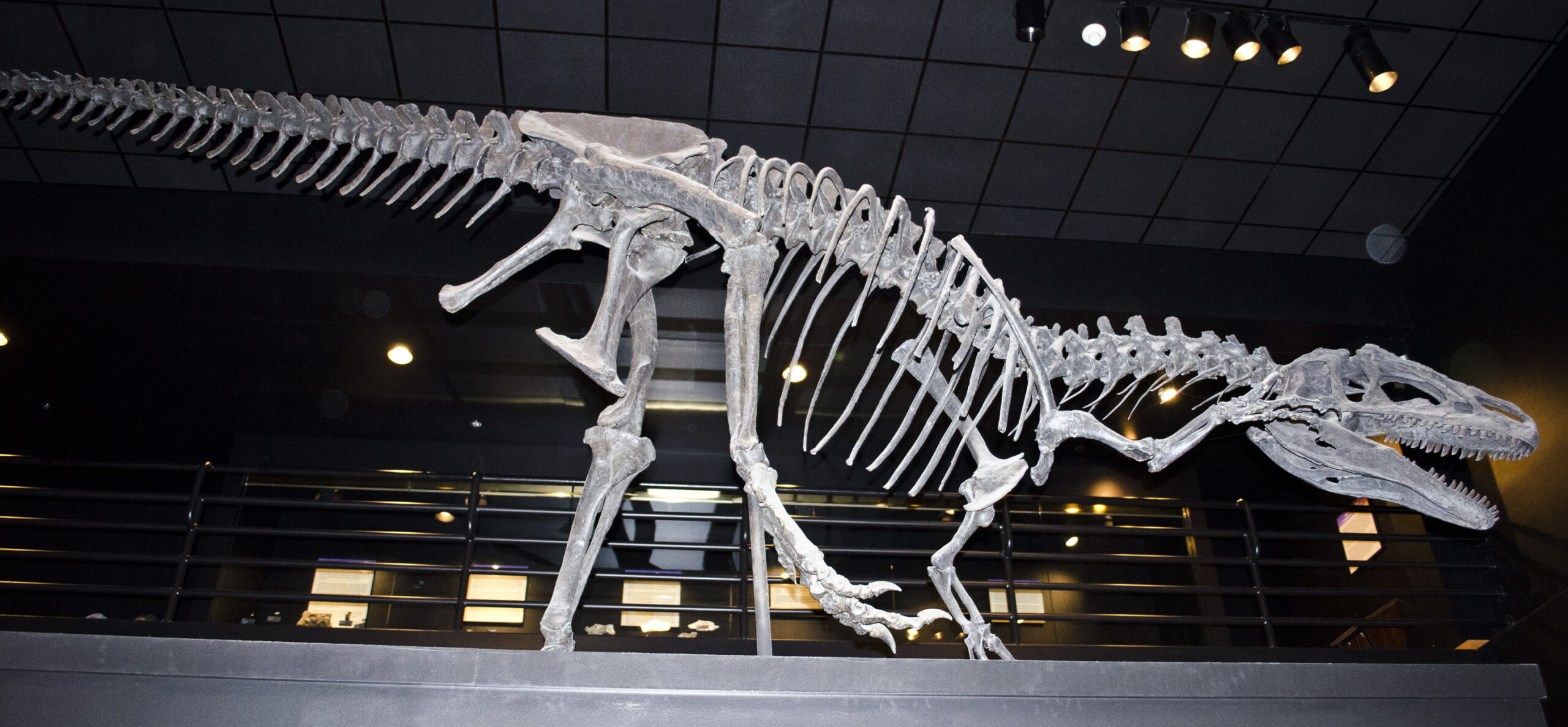
Allosaurus wasn’t a mindless killing machine – it was a strategic hunter that understood its environment. The Morrison Formation provided the perfect hunting grounds, with its mix of floodplains, river channels, and seasonal wetlands. This apex predator knew exactly where to find its next meal.
Water sources were prime real estate for hunting. Just like modern predators gather around watering holes in Africa, Allosaurus would stake out rivers and lakes where massive sauropods came to drink. The muddy banks would reveal fresh tracks, giving the predator valuable intelligence about herd movements and individual animals.
Dense forests provided cover for ambush attacks, while open plains offered opportunities for sustained pursuit. Allosaurus adapted its hunting style to match the terrain, proving that intelligence was just as important as brute force in the Jurassic food chain.
The Art of Stalking: Stealth Techniques of a Giant Predator
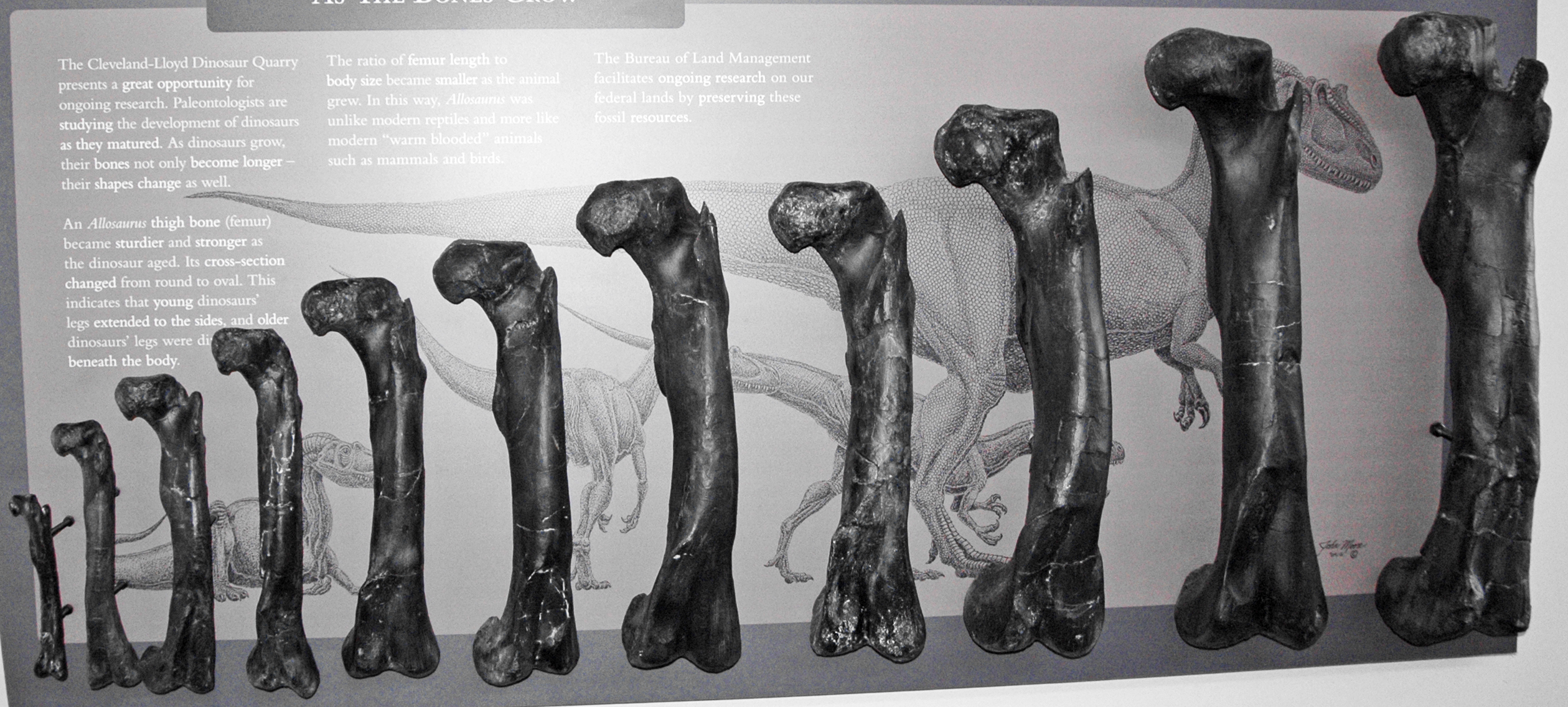
Despite weighing as much as a small elephant, Allosaurus was surprisingly stealthy. Its three-toed feet distributed weight efficiently, and it likely moved with the calculated precision of a modern big cat. The predator understood that patience was often more valuable than speed.
Fossil evidence suggests that Allosaurus would use natural cover to get within striking distance of prey. Rock formations, fallen logs, and dense vegetation provided concealment for an animal that needed to get close before launching its attack. The element of surprise was crucial when hunting animals that could literally stomp a predator to death.
Wind direction played a critical role in stalking success. Allosaurus had an excellent sense of smell and would position itself downwind of potential prey, ensuring its scent wouldn’t alert the target. This showed remarkable environmental awareness for a creature often portrayed as a mindless beast.
Pack Hunting vs. Solo Attacks: The Great Debate

One of the most hotly debated topics among paleontologists is whether Allosaurus hunted alone or in coordinated groups. Recent fossil discoveries have provided intriguing evidence that suggests both strategies were employed, depending on the circumstances and prey size.
Solo hunting was likely the norm for smaller prey or when targeting juveniles separated from their herds. A lone Allosaurus could move silently and strike without the complications of coordinating with others. This approach worked well for animals up to the size of a large Stegosaurus.
However, when facing the true giants of the Jurassic – massive sauropods like Diplodocus or Brontosaurus – cooperation became essential. Multiple Allosaurus working together could surround prey, cut off escape routes, and deliver coordinated attacks that would overwhelm even the largest herbivores. Think of it as prehistoric wolf pack tactics scaled up to dinosaur proportions.
Target Selection: Why Size Mattered in Jurassic Hunting
Allosaurus was remarkably selective about its prey, demonstrating a sophisticated understanding of risk versus reward. Young, old, sick, or injured animals were prime targets because they offered the highest chance of success with the lowest risk of injury. A wounded predator was a dead predator in the Jurassic.
Juvenile sauropods were particularly attractive targets. These animals were still large enough to provide substantial meals but lacked the defensive capabilities of adults. Fossil evidence shows bite marks on young sauropod bones that perfectly match Allosaurus teeth, providing direct evidence of these hunting preferences.
The predator also had to consider the defensive capabilities of potential prey. Stegosaurus, with its spiked tail, required a completely different hunting approach than the long-necked sauropods. Allosaurus learned to read these defensive patterns and adjust its attack strategy accordingly.
The Ambush Attack: Lightning-Fast Strikes
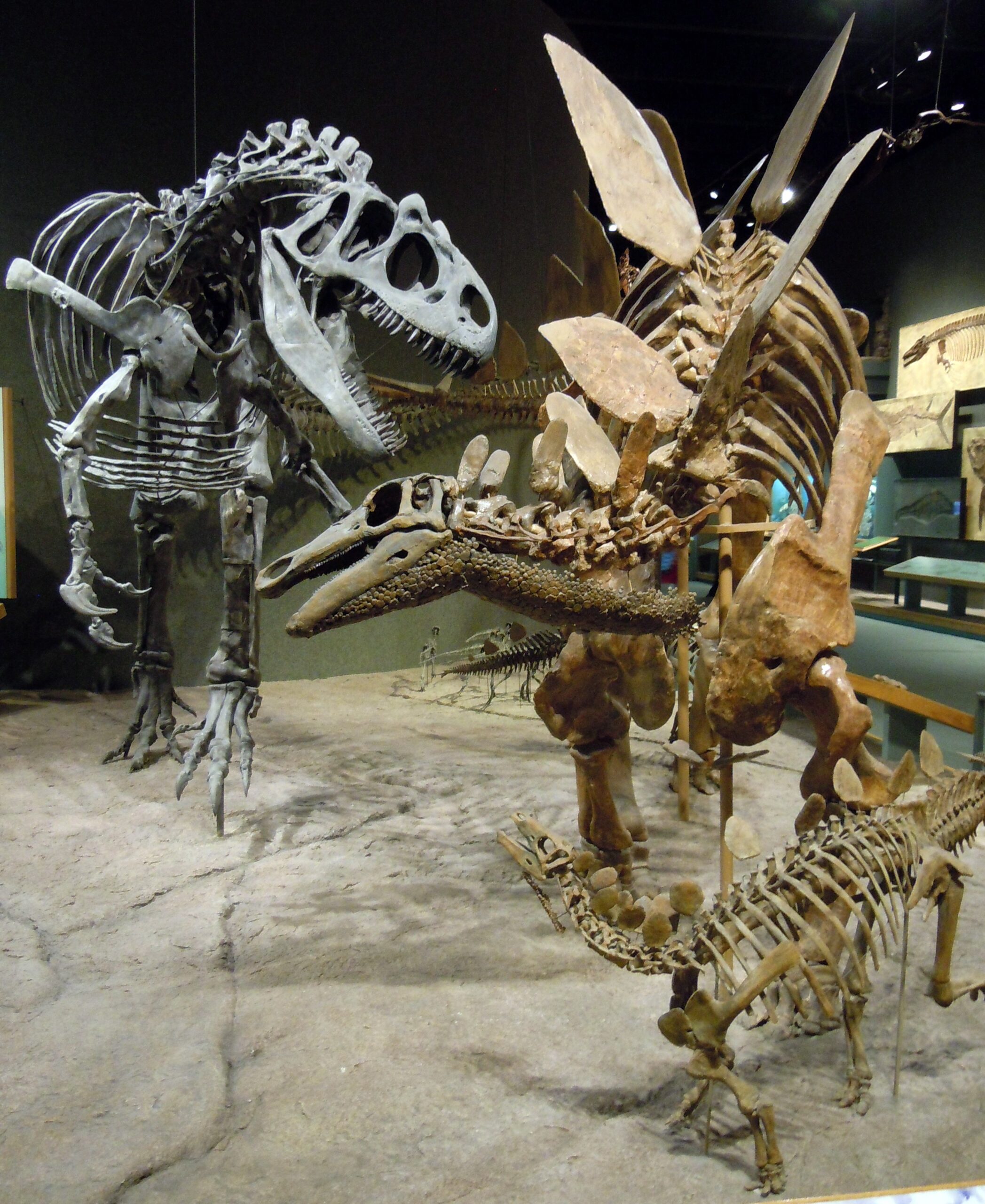
When the moment was right, Allosaurus could explode into action with devastating speed. The initial attack was crucial – it needed to inflict maximum damage before the prey could mount an effective defense or escape. This was where all that careful stalking paid off.
The predator’s preferred attack method involved a powerful leap that would bring its massive jaws down on the prey’s neck or back. The force of this initial bite, combined with the momentum of the attack, could crush vertebrae and sever major blood vessels. It was a technique refined over millions of years of evolution.
Those powerful arms weren’t just for show during these attacks. The claws would rake across the prey’s flanks, opening massive wounds that would weaken the animal through blood loss. Meanwhile, the predator’s weight would help bring down even large prey through sheer physical force.
Wrestling Giants: Grappling Techniques
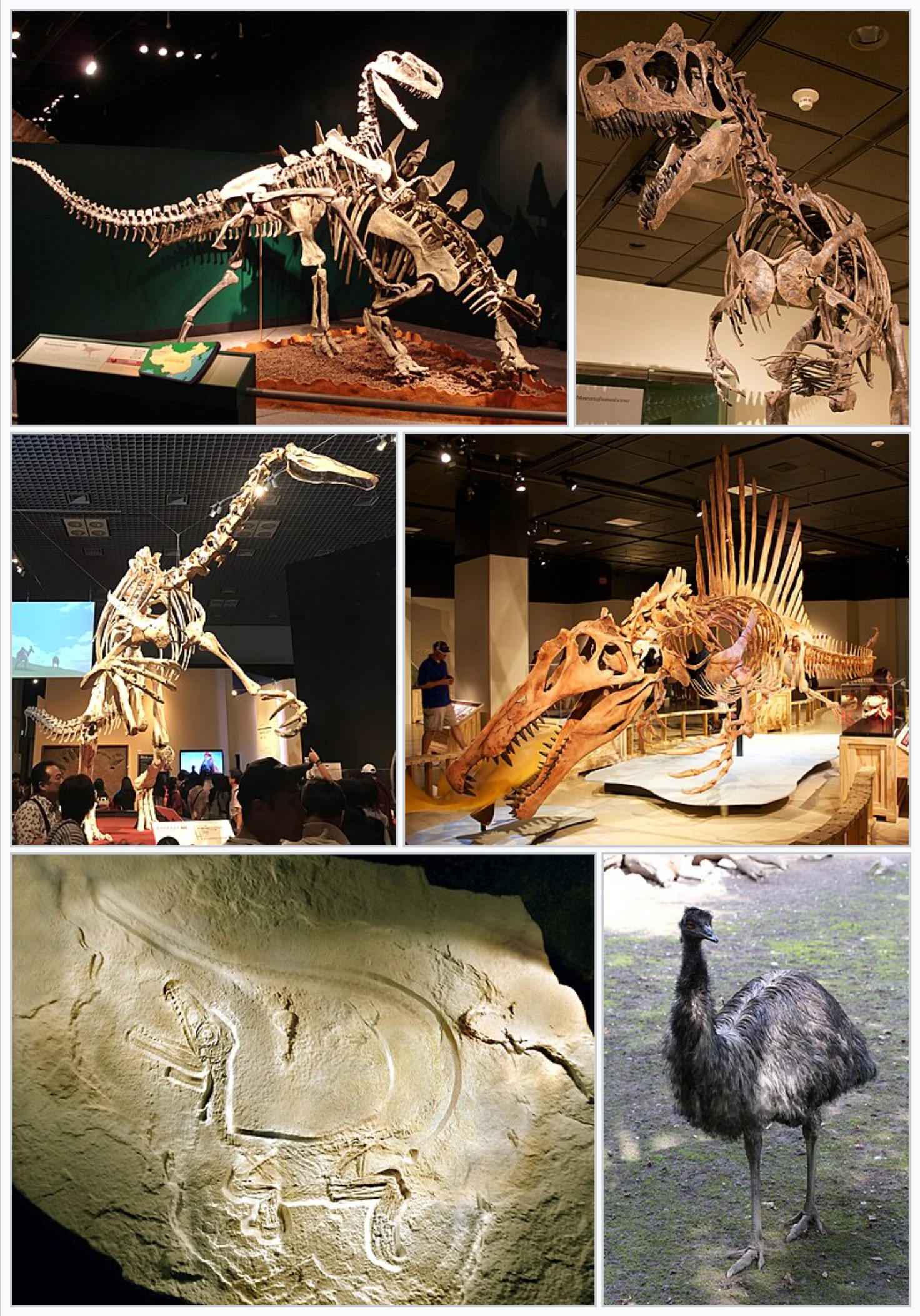
Not every hunt ended with a single decisive blow. Sometimes, Allosaurus had to engage in prolonged physical combat with prey that refused to go down easily. This is where the predator’s wrestling skills came into play, using leverage and technique to overcome opponents that might outweigh it.
The dinosaur’s powerful legs weren’t just for running – they were also weapons. Allosaurus could use its clawed feet to rake the bellies of fallen prey, inflicting mortal wounds while maintaining its grip with teeth and hands. This technique was particularly effective against armored dinosaurs like Stegosaurus.
Balance was everything in these grappling matches. The predator’s long tail acted as a counterweight, allowing it to maintain stability while wrestling with thrashing prey. This gave Allosaurus a significant advantage over more awkwardly proportioned predators.
The Killing Bite: Precision and Power Combined
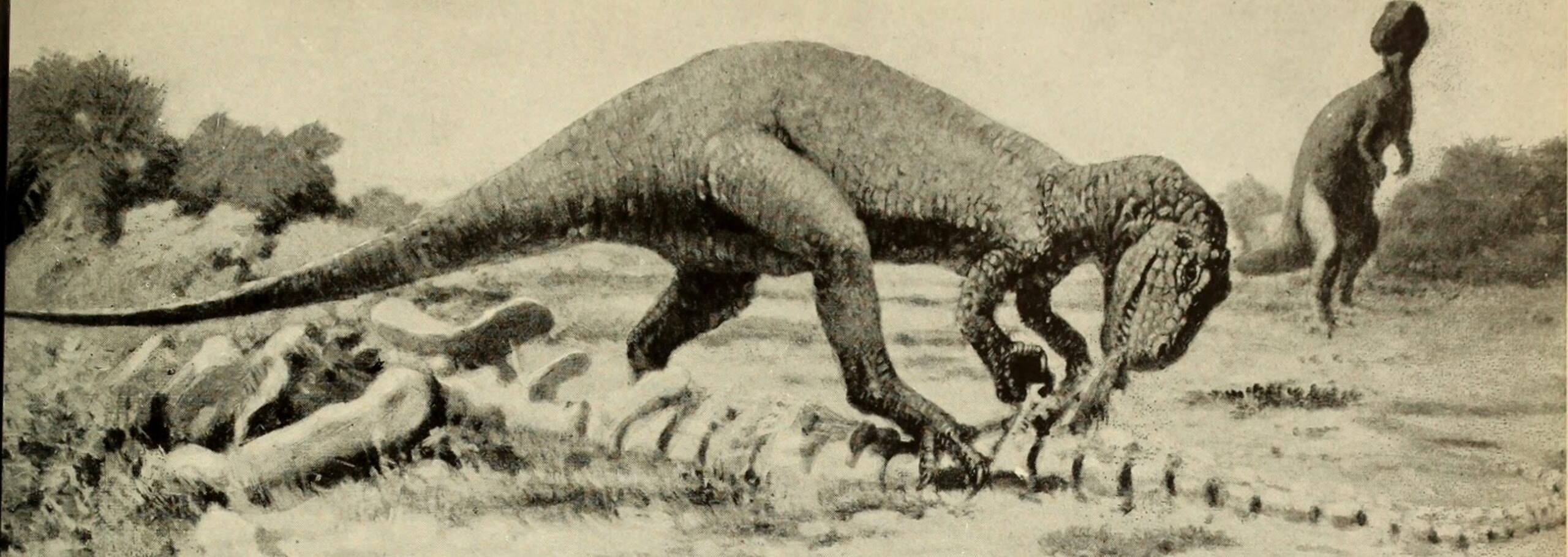
The final moments of a hunt showcased Allosaurus’s most refined skill – the killing bite. This wasn’t random violence but a precisely targeted attack designed to end the struggle quickly and efficiently. The predator knew exactly where to strike for maximum effect.
Fossil evidence reveals that Allosaurus preferred to target the neck and throat area, where major blood vessels and the windpipe were vulnerable. The predator’s teeth were perfectly designed for this purpose, with serrated edges that could slice through tough hide and muscle like biological knives.
The bite force of Allosaurus was tremendous – estimated at around 3,000 pounds per square inch. To put this in perspective, that’s roughly equivalent to the bite force of a large crocodile, but delivered through teeth specifically designed for slicing rather than crushing.
Hunting Massive Sauropods: The Ultimate Challenge
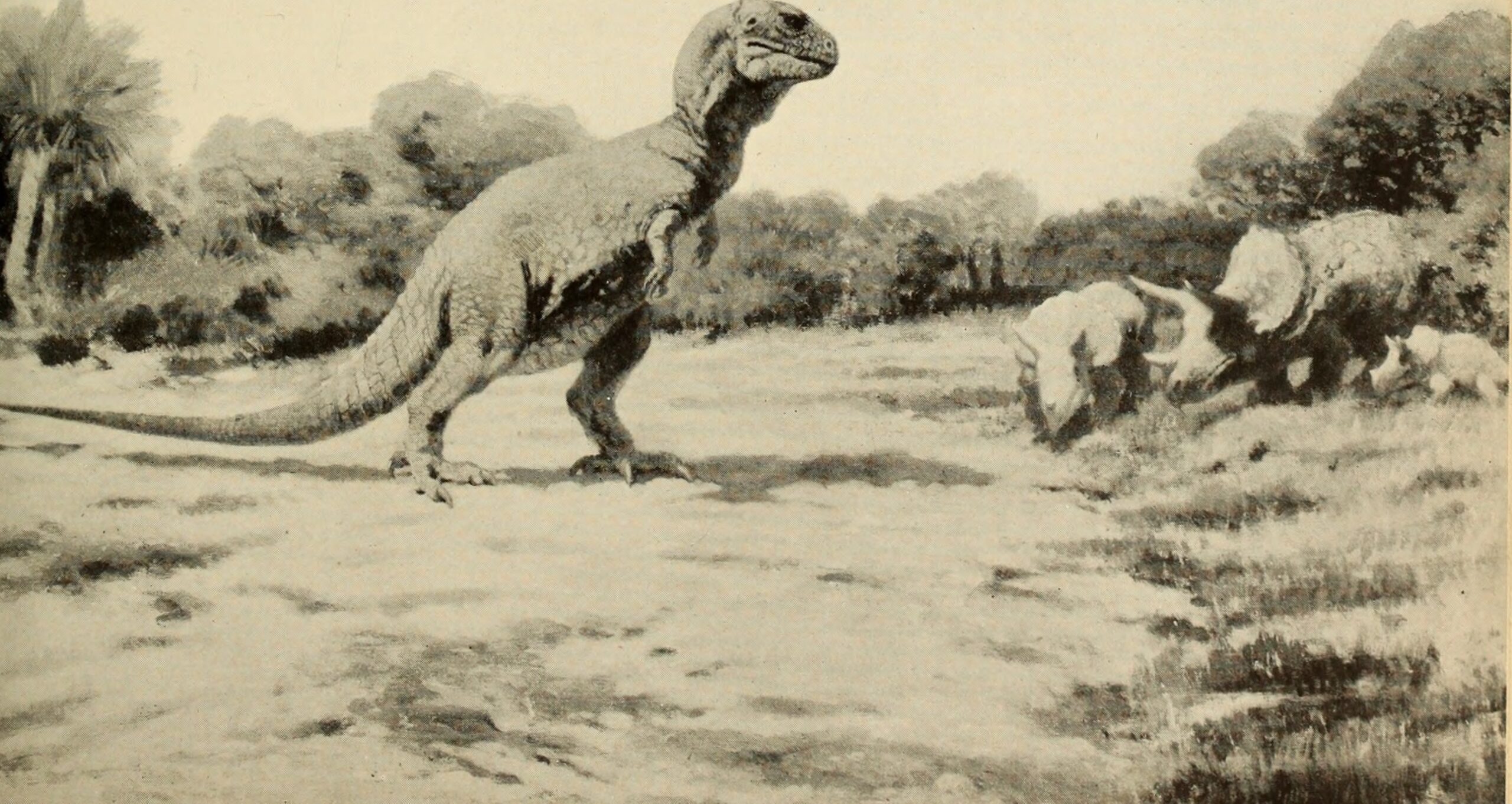
Taking down a fully grown sauropod was the ultimate test of Allosaurus’s hunting prowess. These animals could weigh 30 tons or more – roughly the size of a modern blue whale. Successfully hunting such giants required every trick in the predator’s arsenal and often involved significant risk.
The strategy against sauropods involved targeting the legs and attempting to topple the massive animals. Once a sauropod was down, it was virtually helpless due to its enormous size. Allosaurus would focus its attacks on the rear legs, using its claws to sever tendons and muscles that supported the animal’s weight.
Pack hunting was almost certainly employed against the largest sauropods. Multiple Allosaurus could coordinate their attacks, with some members harassing the head and neck while others worked on bringing down the rear end. This division of labor maximized the chances of success while minimizing individual risk.
Defensive Prey: Overcoming Nature’s Armor
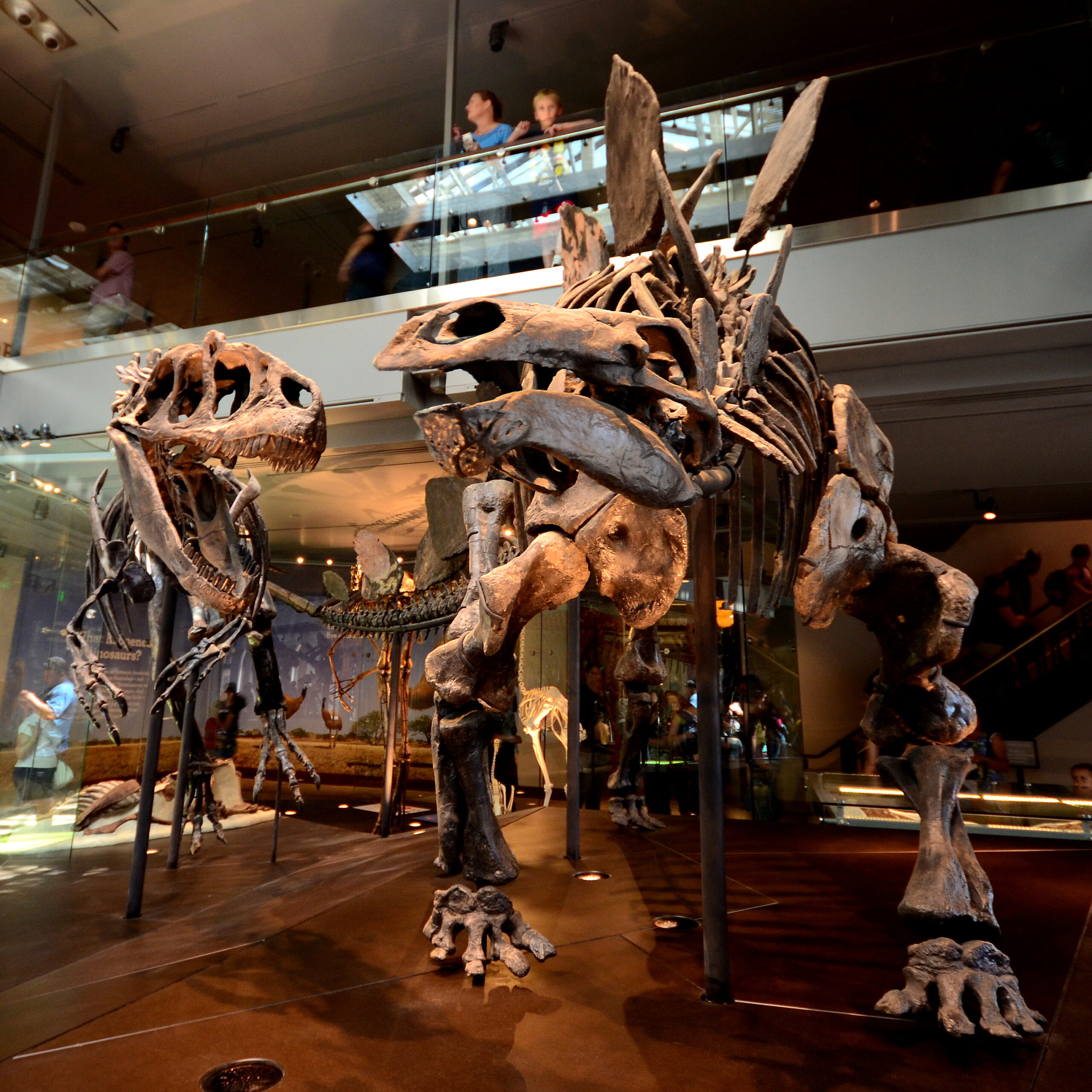
Not all prey was defenseless. Dinosaurs like Stegosaurus came equipped with formidable defensive weapons that could easily kill an attacking predator. Allosaurus had to develop specialized techniques to overcome these natural fortifications.
The spiked tail of Stegosaurus, known as a thagomizer, was a lethal weapon that could punch through the ribs of any predator foolish enough to attack from behind. Smart Allosaurus learned to approach from the front or sides, staying well clear of that deadly tail until the animal was disabled.
Speed and agility were crucial when hunting armored prey. Allosaurus would use hit-and-run tactics, darting in to deliver quick bites before retreating out of range of defensive weapons. This war of attrition could last for hours, with the predator gradually wearing down its heavily armored opponent.
Environmental Advantages: Using Nature as an Ally
Clever Allosaurus learned to use the environment to their advantage during hunts. Steep slopes, mud bogs, and dense vegetation could all become weapons in the hands of a skilled predator. These environmental factors often made the difference between success and failure.
Muddy ground was particularly advantageous for hunting large prey. Heavy sauropods would become bogged down in soft terrain, making them vulnerable to attack. Allosaurus, with its more efficient gait and lighter weight relative to its size, could move more easily across such surfaces.
Rocky terrain provided another tactical advantage. Allosaurus could use boulders and cliff faces to launch surprise attacks from above, adding the force of gravity to its already formidable assault. This three-dimensional thinking set it apart from less intelligent predators.
Learning from Failure: Adapting Hunting Strategies

Not every hunt was successful, and Allosaurus had to learn from its failures to become a more effective predator. Fossil evidence shows healed injuries on many Allosaurus specimens, indicating that these dinosaurs survived failed hunts and learned from the experience.
Young Allosaurus likely learned hunting techniques by observing adults and gradually taking on more challenging prey as their skills developed. This learning process was crucial for survival in an environment where a single mistake could be fatal.
The predator’s ability to adapt its hunting style based on previous experiences was a key factor in its success. Each failed hunt provided valuable information about prey behavior, defensive capabilities, and environmental factors that could be applied to future hunting attempts.
The Legacy of Jurassic Hunting Excellence

Allosaurus dominated the Late Jurassic landscape for millions of years, leaving behind a fossil record that speaks to its incredible hunting success. From Portugal to Colorado, evidence of this apex predator’s activities has been found alongside the remains of its prey, painting a vivid picture of Jurassic life and death.
The hunting techniques developed by Allosaurus influenced the evolution of predatory behavior in dinosaurs for tens of millions of years. Later predators like Tyrannosaurus rex would build upon the foundation laid by these earlier hunters, refining and perfecting the art of prehistoric predation.
Modern predators still employ many of the same basic hunting strategies that made Allosaurus so successful. The principles of stealth, patience, target selection, and environmental awareness remain as relevant today as they were 155 million years ago. In many ways, Allosaurus wrote the playbook for large predator behavior that continues to influence the natural world.
Conclusion: The Timeless Art of Predation

The story of Allosaurus reveals that successful predation requires far more than just size and strength. Intelligence, adaptability, and strategic thinking were just as important as physical prowess in the brutal world of the Jurassic. These ancient hunters developed techniques that modern predators still use today, proving that the fundamental principles of survival transcend time.
Understanding how Allosaurus hunted gives us invaluable insights into the complex ecosystems of the past and the evolutionary pressures that shaped life on Earth. The next time you see a lion stalking its prey or a wolf pack coordinating an attack, remember that you’re witnessing hunting strategies that were perfected by dinosaurs over 150 million years ago.
What secrets about prehistoric life might we uncover if we found a perfectly preserved Allosaurus with its last meal still in its stomach?

